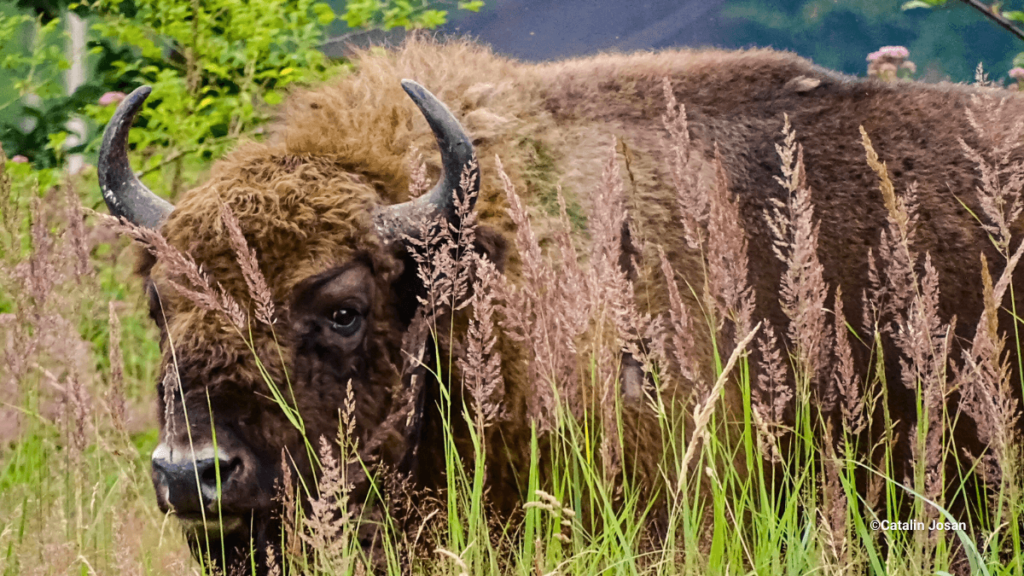As one of the trainers for our rewilding and conflict management training in Romania last March, Catalin Josan passed on his expertise to rangers from all over Europe. Here, for those who couldn’t attend, he talks about his work as a Rewilding Officer for Europe’s largest bison reintroduction programme, run by Rewilding Romania and WWF Romania.
Read how the involvement of locals in the ranger team of Rewilding Romania as local partner of Rewilding Europe is key to the success of the reintroduction of large Wildlife and what approaches the experts take in the Țarcu Mountains region to avoid and resolve conflicts.
What is the main focus of your work at Rewilding Romania?
Our main project at the moment is the bison reintroduction programme and the project on the coexistence of bison and the communities in the rewilding region, which was recently funded by the EU Life Programme. But we also have other projects for the reintroduction of species and the restocking of populations, accompanied by scientific projects that will take place in the future. For example, we have started paperwork and setting up partnerships for a vulture reintroduction programme. Hopefully we will have the first birds next year.
What does your work as a Rewilding Officer look like?
The main part of Rewilding Romania’s bison activities revolves around conflict management between locals and bison. At the same time, our partners from WWF Romania are working on reintroduction studies. When we need more people to work on conflicts, or when WWF needs help collecting data, we help each other. But mainly we are focussing on reducing the negative impact that the bison could have on the people in the region. The 190 or so animals we currently have roam freely in the forest. Among them are two or three males that have become acclimated to humans. They come into the villages and look for food, sometimes destroying people’s crops or orchards.
“To raise awareness and acceptance, we talk to the locals as much as possible and inform them about the risks and benefits of bison, offer support for establishing businesses and education.”
So we have to chase them away and patrol the area to put as much pressure on them as possible. We assess the need for electric fences and help install them. We are also trying other bison defence techniques such as paintballs, bath balls filled with pepper spray, loud noises and all sorts of deterrents, even drones. But most of them haven’t worked because the bison are used to humans and their fear is at a very low level. So we continue to experiment and talk to the locals as much as possible to inform them about the risks and benefits of bison. For example, we have an enterprise team that supports the establishment of small businesses centered around the bison in order to increase acceptance. And we do educational work in the schools of our partner communities to raise awareness of the important role of the bison for biodiversity.


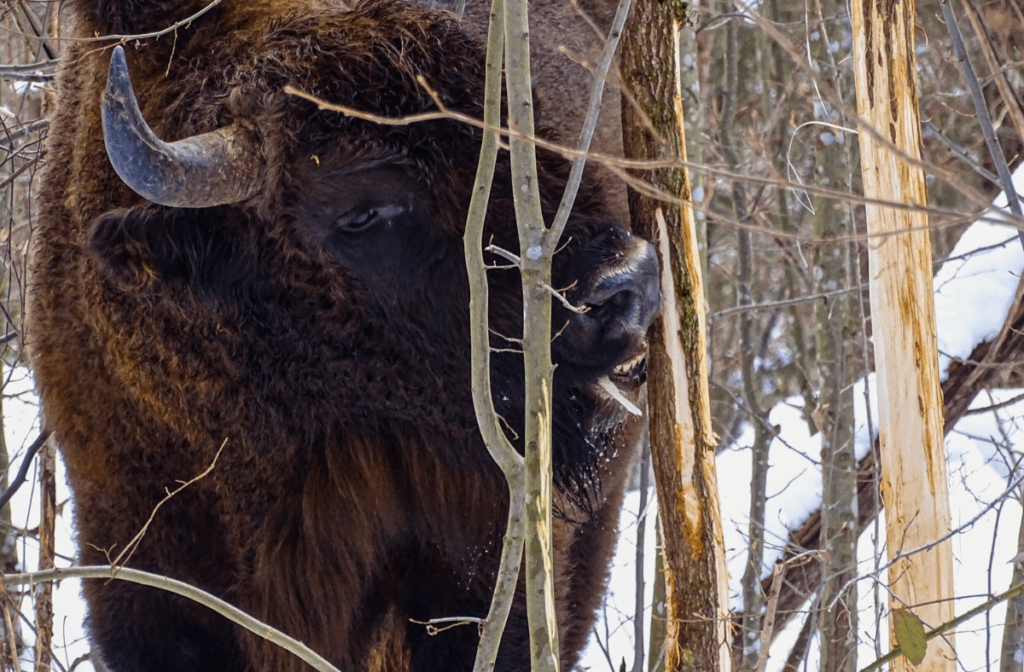
Which method of creating acceptance and avoiding conflict has proven to work best?
As far as the technical avoidance of conflicts is concerned, we continue to try herding dogs that specialise in working with animals, chasing them away and leading them where you want them to go. Electric fences would work, but need to be regularly maintained and checked. Co-operation and education are therefore key. People need to know the benefits that bison can bring, and it is much easier to educate people in favour of coexistence than to fight either the bison or the people. However, there is a thin line between understanding people’s needs and recognising the damage caused by bison, while keeping your own biodiversity conservation goals in mind through the reintroduction of bison.
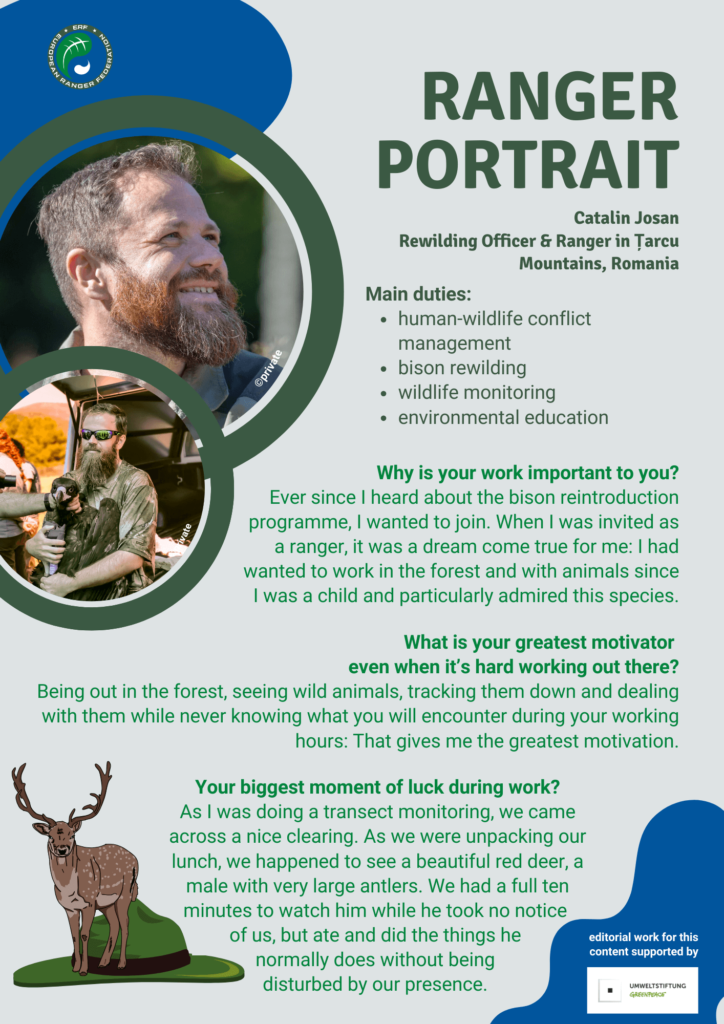
How would you summarise the benefits that bison bring for nature conservation, but also for people?
It is important because of its feed. As grazers, they ensure that open areas alternate with forests and prevent them from becoming a single canopy under which biodiversity is severely restricted. In this way, bison ensure a high level of biodiversity in a mosaic landscape and provide habitat for many more species than those that live in the forests. Meanwhile our corporate team shows what opportunities are associated with bison for the locals.
“Their feed makes bison so important: As grazers, they ensure that open areas alternate with forests, creating a high level of biodiversity by providing habitats for a wide variety of species.”
For example hosting tourists, especially as the project not only attracts the usual tourists, but also many scientists, who naturally need accommodation, something to eat and perhaps also to shop. In addition, locals can also promote local food, drinks and other regional products. As one of the few areas in Europe where the reintroduction of bison has been as successful as it has here, there are many opportunities to offer regional products in small packages to customers who appreciate this project with its benefits for biodiversity and local communities. This income flows back into the community and the project, also to compensate the locals for damage caused by bison.
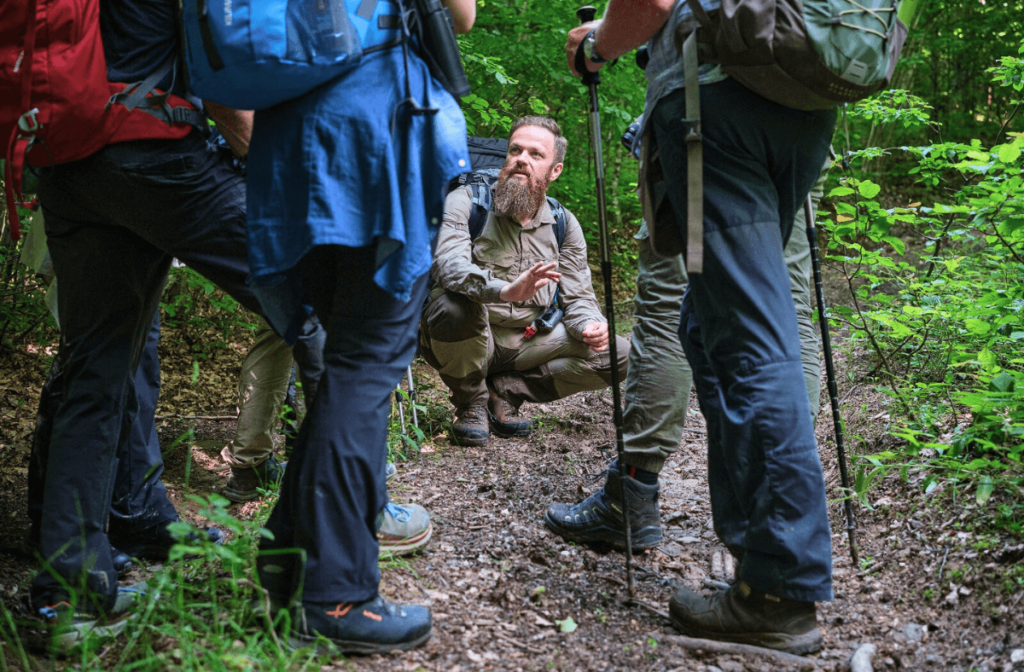
How are you and your fellow rangers trained for the rewilding and coexistence project?
I have completed a ranger course and also a course for protected area experts as well as a conflict management course. We have also hired a team of rangers who are from the region. The fact that people know them and that they are esteemed members of the community is a great advantage. They also have very good practical experience, as they are both hunters and have previously worked in forestry. They are able to recognise animal tracks, distinguish damage caused by bison from that caused by cows and have a good understanding of the needs of the locals and our organisation. So they are a very important bridge between us and the community. We have also trained them in how to approach people and have a colleague who is a communication specialist. If the rangers get stuck in difficult situations, he goes into dialogue.
From all this experience, what are your tips for fellow rangers in rewilding projects?
The involvement of locals is a huge asset. If you’re an outsider, you can encounter a lot of resistance. But if you have open-minded people who understand the importance of the project and are well respected in the community, these people can really bridge the gap between a foreign organisation bringing animals that no one in the region has asked for and the communities that were already doing well before this organisation arrived. So they need to understand that the bison is not just of economic value, but that it has a special role and place in the ecosystem. Furthermore, a lot of educational work with adults and children are the most effective means alongside electric fences and other defence techniques.
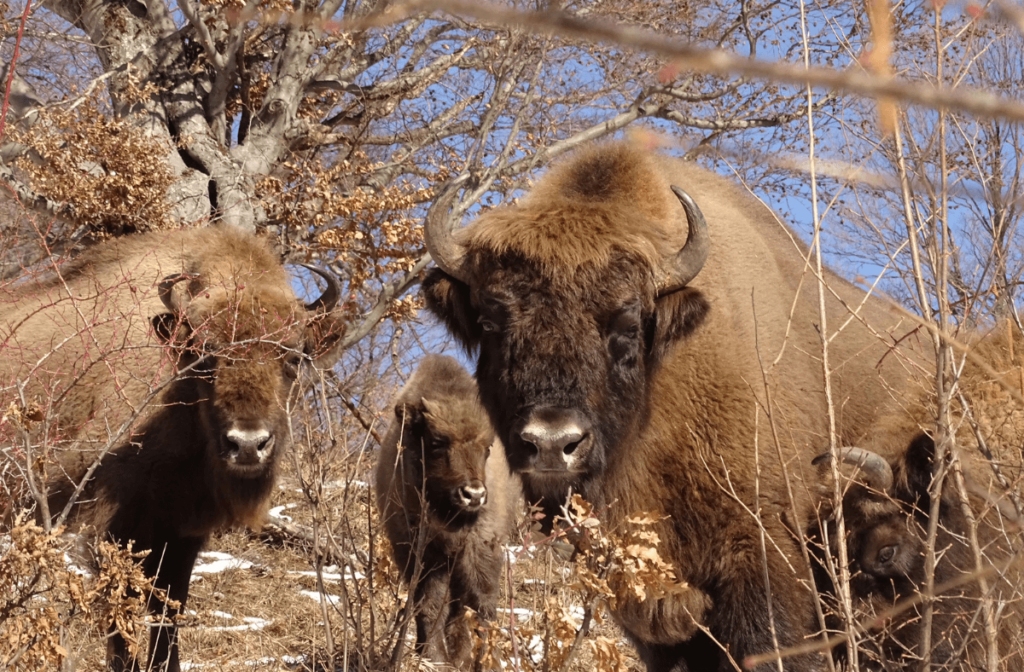
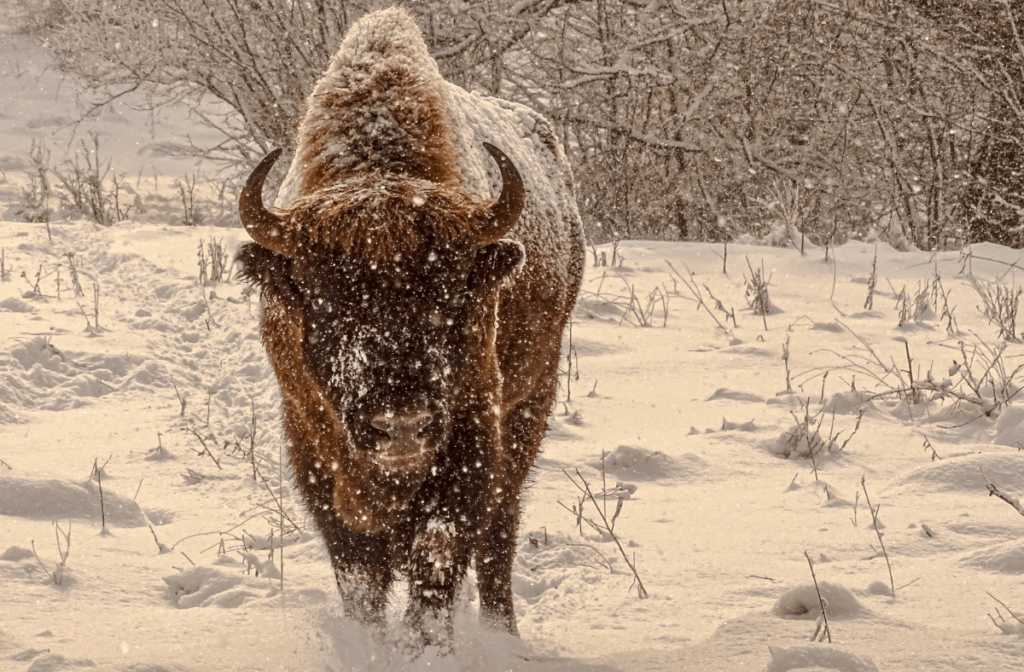
After all, the support of all inhabitants of the resettlement area is crucial. They need to be well informed, enthusiastic about the project and aware of all the risks and benefits. This works very well in Țarcu Mountains. I believe this is also due to the fact that we have the most genetically diverse herd of bison in Europe. We pay very close attention to which bison we settle. And if you weigh up the number of bison we have against the number of those two or three causing conflict, we have a very successful project. The vast majority of animals have become really wild and stay away from people.
editorial work for this
content is supported by


